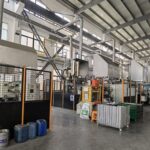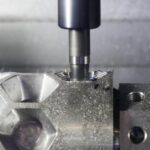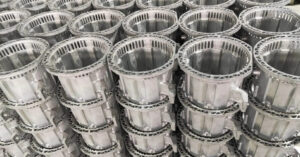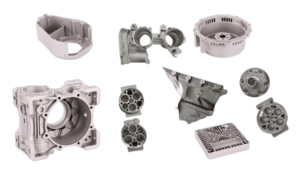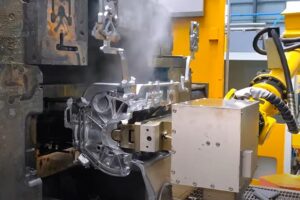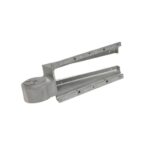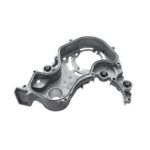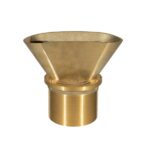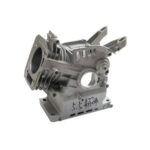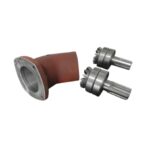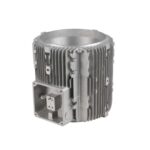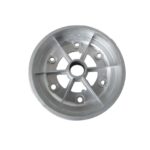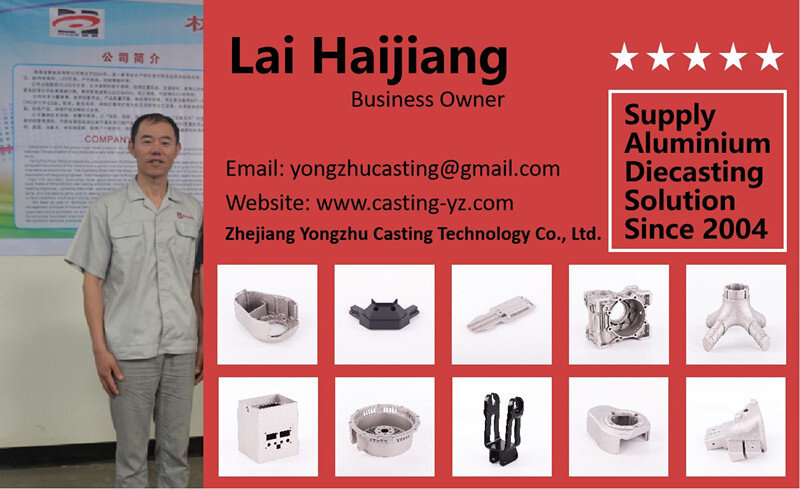
In the intricate world of die casting, understanding the nuances of the process components is crucial for optimizing production efficiency and part quality.
The runner and sprue play pivotal roles in the die casting process, guiding molten metal to its final destination in the mold. This guide delves into the differences between the runner and sprue, their functions, and how mastering their design can lead to superior casting outcomes.
What is a Sprue?
The sprue is the initial entry point for molten metal into the casting system. It serves as a passage connecting the pouring basin to the rest of the mold. The design of the sprue is critical for minimizing turbulence and ensuring a smooth flow of metal, which is essential for the production of high-quality castings.
Understanding the Runner
The runner is a network of channels that distributes molten metal from the sprue to the various cavities within the mold. The efficiency of the runner system directly impacts the quality and consistency of the castings.
Properly designed runners minimize material wastage and enhance the filling pattern, which is vital for achieving optimal casting integrity and mechanical properties.
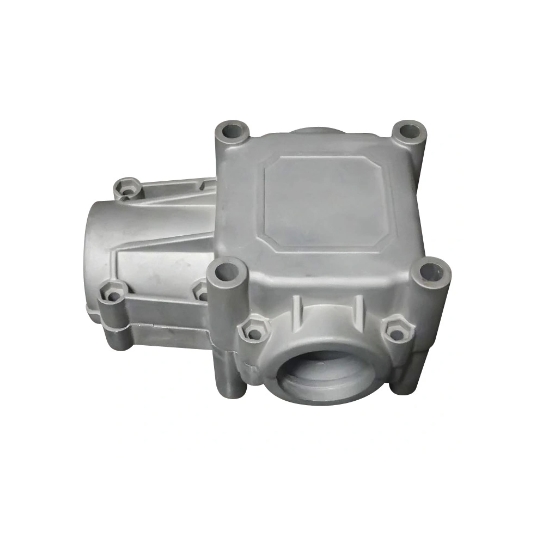
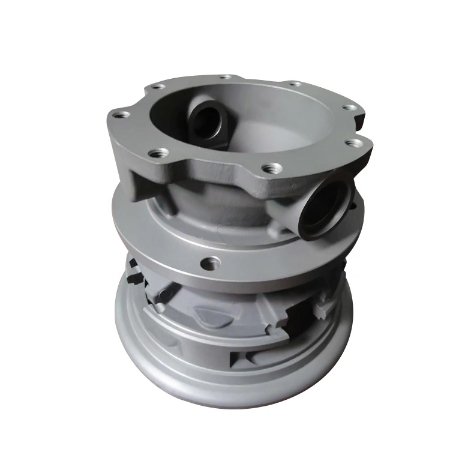
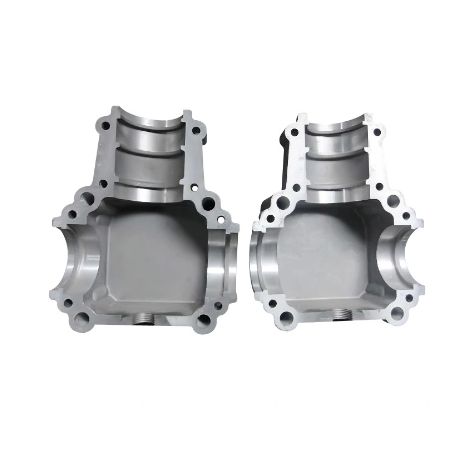
Runner vs Sprue: Key Differences and Considerations
- Functionality: While the sprue acts as the gateway for molten metal into the mold, the runner system is responsible for its distribution to the mold cavities.
- Design Optimization: The design of both the sprue and runner requires careful consideration to balance flow rate, minimize turbulence, and ensure complete cavity filling without defects.
- Impact on Quality: A well-designed sprue and runner system can significantly reduce casting defects, improve surface finish, and enhance the mechanical properties of the final product.
Enhancing Die Casting Efficiency through Sprue and Runner Design
Optimizing the design of the sprue and runner system is essential for maximizing die casting efficiency. This involves careful consideration of the thermal and fluid dynamics of molten metal, as well as the specific requirements of the casting part.
By minimizing material usage and enhancing the flow of metal, manufacturers can achieve higher quality castings at reduced costs.
Conclusion
The distinction between the runner and sprue is fundamental in the die casting process, with each playing a critical role in the quality and efficiency of production.
Understanding and optimizing these components can lead to significant improvements in casting quality and operational efficiency, marking a crucial step in mastering die casting techniques.
Drop me an email with your ideas, and I’ll get back to you swiftly!



